Tennis players typically encounter either an opponent who likes to serve and volley and those who like to serve the ball and stay on the baseline. There's also the fun (or torture) of playing against a left-handed player.
Returning Serve Against Baseliners
1 of 4
If a player stands back at the baseline after they hit the serve then go with your strengths. If you play consistent tennis go for consistency, if you like to hit with power, go for it.
You have the option to chip and charge as well. This method is effective, especially if your opponent is not comfortable when you come to the net.
If the server has a big first serve—and if can't hit the serve with a regular groundstroke—then block it back deep in the court. Remember, if you don't block the ball deep enough, your opponent will have the perfect ball to hit and take control of the point.
Returning a second serve from a baseline player is simple, in theory. If you're a baseline player you obviously want to hit the ball deep into the court and try to take control of the point. If you're a serve and volley player the chip and charge is a good approach if their second serve is not very powerful.
The main point is to do what you have to do to take control of the point and set yourself up for a winner. If they're not putting pressure on you with a big second serve or playing serve-and-volley tennis then some of the immediate pressure is off of you to hit a great return.
Find:
Your Next Tennis EventReturning Against Serve and Volleyers
2 of 4
Going up against serve-and-volley players is where the return of serve becomes difficult for a lot of people. All of a sudden the serve is coming, and so is the opponent, which immediately brings a lot of pressure.
A big server can cause you, the returnee, a lot of problems. A poor return against a good serve-and-volley players means the point is most likely over. There are a few places where you can cause trouble for the serve-and-volley players which may set you up for a passing shot.
Your return does not have to be a blistering passing shot, although it's always nice. Sometimes hitting the ball at the feet of the opponent can be just as effective.
A lot of tall players do not like to bend down that far, and hitting a ball that low can produce a floating volley on which you can go for a passing shot. If you have to block the serve back, try to block it back either down the line, or at the feet of your opponent.
Also, don't be afraid to lob, especially if the opponent likes to sprint to the net right after the serve, or if they like to stand too close to the net. Keep them honest by lobbing. The best way to do this is to lob the ball towards their backhand side to eliminate the chances of the lob becoming an overhead for the server.
Returning a second serve from a serve-and-volley player is where you have a chance to put the pressure back on them after the serve. Most serve-and-volley players won't do this on the second serve unless they're on grass or are playing doubles.
Typically, serve-and-volley players prefer to be at the net, which means you may have them out of their comfort zone if you can get to the net first. However, you don't have to come to the net to keep a serve-and-volley away from the net; simply hit the return of serve deep into the court and keep your groundstrokes deep.
Find:
Your Next Tennis EventReturning Against Lefties
3 of 4
Playing tennis against lefties can be rough. The toughest part can be the return of serve. The slice serve of a lefty acts like a kick serve and jams the returnee when you think it should spin away from you.
Keep your eyes on the ball and bring the racquet back early for good preparation. Regardless if the server is hitting a slice serve, topspin, or kick serve, take the ball early if you're able. The longer you wait to hit the ball, the more it will spin away or into your body. The more you allow the serve to move sideways, the harder it will be to hit because the spin is not what we are used to hitting.
The way you return against certain players will set up the point and start to set the pace for the match. You don't have to hit big returns to be effective. Keeping returns deep against some players and hitting the return at some player's feet are two ways to neutralize attacks and stay in the point. Keep it simple: The return of serve is not a time to get flashy and try to hit a lot of winners.
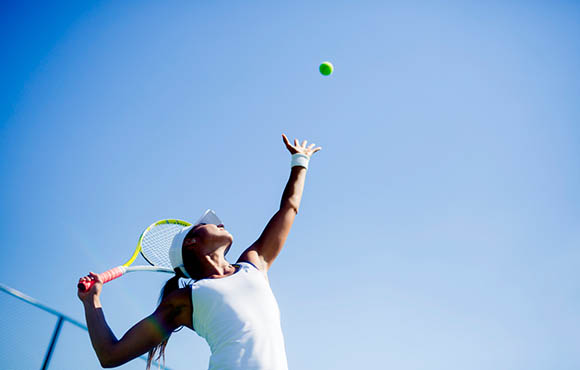
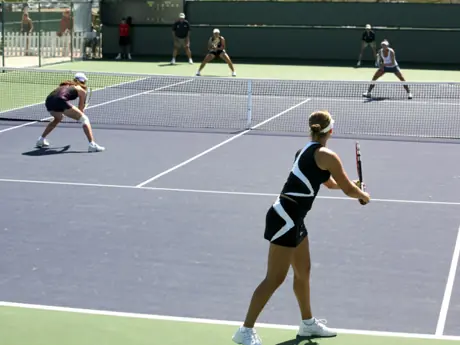
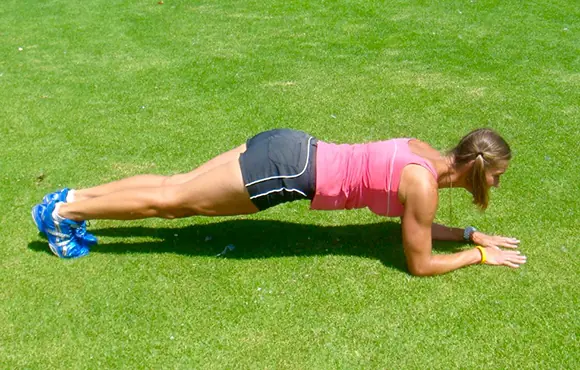
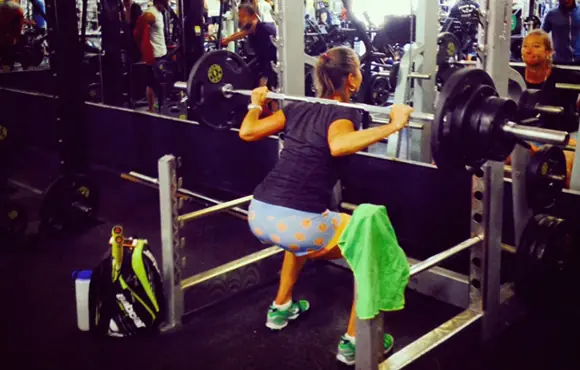

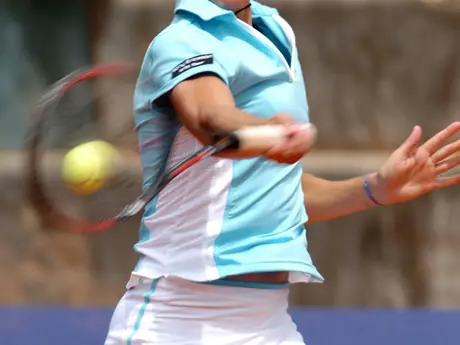
Discuss This Article